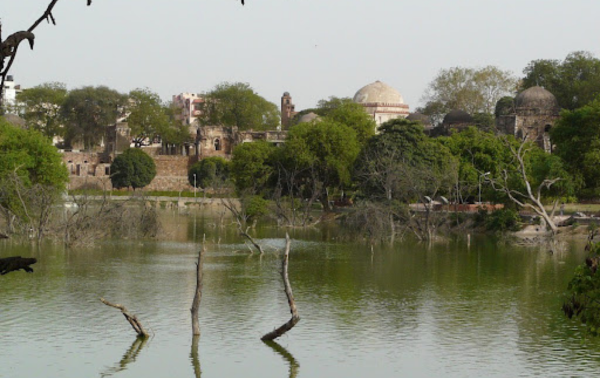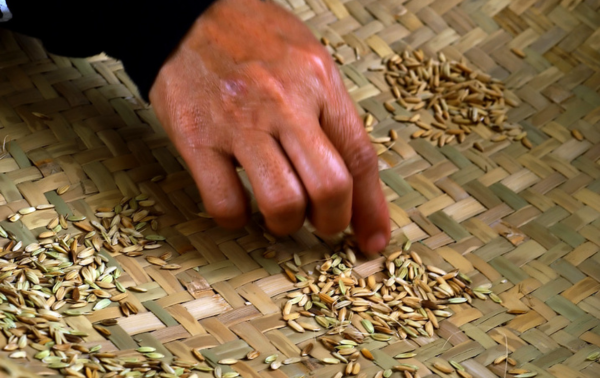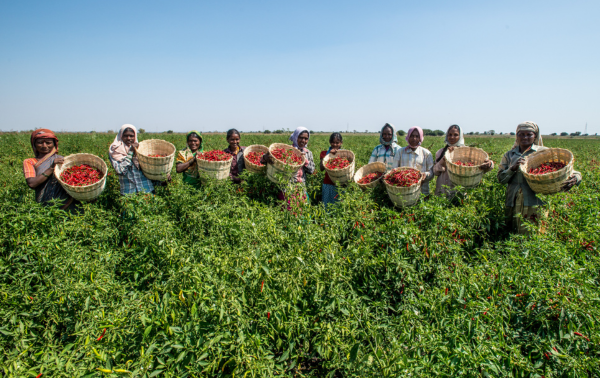Karnataka, a state cradled by the Western Ghats and blessed with mighty rivers, boasts a unique legacy – its reservoirs. These aren’t just shimmering lakes; they are the threads that weave together the state’s history, culture, and very existence.
Maharashtra’s Aqueducts – A Journey Through History and Heritage
The aqueducts of Maharashtra stand as remarkable feats of engineering and historical significance, weaving together the past, present, and future of the state’s water heritage. These structures, born out of necessity and innovation, have played a crucial role in shaping the landscape and livelihoods of Maharashtra.
The Lifeblood of Tamil Nadu: A Journey Through Time with Tanks
The tank systems of Tamil Nadu stand as a testament to the ancient wisdom and engineering prowess of its forefathers, who crafted a network of water structures that not only sustained life but also shaped the socio-cultural fabric of the region.
From Royal Tanks to Hipster Havens: Delhi’s Water Tales Etched in Stone
Delhi, a city steeped in history, whispers tales not just through its monuments but also through its ingenious water structures. These structures, crafted from stone, stand as keepers of history, each bearing witness to the ingenuity and foresight of those who came before.
Where the Thar Meets the Tank: Rajasthan’s Enduring Water Legacy
Rajasthan, the land of majestic forts and vibrant culture, also boasts a lesser-known marvel – its ingenious water architecture. In a region where rain is a fickle friend, these structures were not just embellishments; they were lifelines carved from stone and resilience.
Prominent Indian Seed Banks
From the empowering efforts of The Deccan Development Society to Sahaja Samrudha’s commitment to organic farming, and Beej Bachao Andolan’s revival of Himalayan heritage, discover how these movements are not just safeguarding seeds but nurturing communities, sustainability, and cultural legacies.
Why do we need seed banks?
What is unique about Indian seed banks?
One of the primary aims of community seed banks found in India is to provide farmers with equitable access to seeds, which consequently safeguards food security. They are especially important for small scale farmers, as commercially available seeds can be difficult to procure due to exorbitant pricing.
What are seed banks
An Introduction
Seed banks are facilities which store seeds of different kinds of plants, with the intention of preserving genetic diversity. Colloquially, they are akin to libraries for plants, where they preserve knowledge of different species through seeds.
Rivers of the South
In the southern heartland of India, rivers meander like veins of life. From the languid flow of the Kaveri to the spirited rush of the Godavari, these rivers nurture a rich natural heritage. Their waters birth lush landscapes that nurture spices, rice, and diverse flora, shaping the region’s culinary identity.








